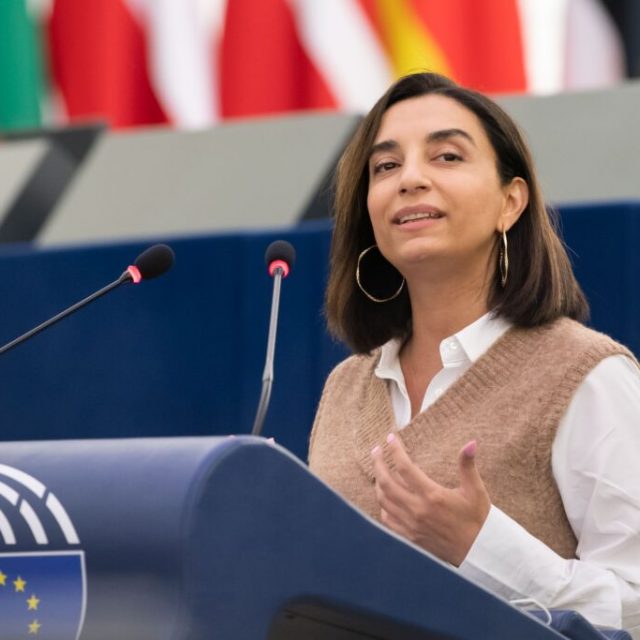Photo by Annie Spratt on Unsplash
EU policymakers have come to a crucial agreement for an European regulation to restore nature.
The proposal aims to put measures in place to restore at least 20% of the EU’s land and sea areas by 2030, and all ecosystems in need of restoration by 2050.
It sets specific, legally binding targets and obligations for nature restoration in each of the listed ecosystems — from agricultural land and forests to marine, freshwater and urban ecosystems.
Although the precise restoration obligations in each ecosystem are yet to be disclosed, the institutions found a common ground that may drive the restoration of European ecosystems, meet international commitments and boost our fight against climate change.
Reaction to the decision was swift with green campaigners giving a cautious welcome.
Teresa Ribera Rodríguez, acting third vice-president of the government and minister for the ecological transition and the demographic challenge of Spain, said, “We are faced with an increasingly dramatic reality: EU’s nature and biodiversity are in danger and need to be protected.”
“I am proud of today’s indispensable agreement between the Council and Parliament on a nature restoration law, the first of its kind.”
“It will help us rebuild healthy biodiversity levels across member states and preserve nature for the future generations, while fighting climate change and remaining committed to our climate goals.”
One campaign group, CAN Europe, said it “celebrates this modest win for nature.”
Chiara Martinelli, Director at CAN Europe, said, “It is important to note the Commission’s proposal was watered down throughout the trilogue discussions.”
“We are nevertheless relieved to see a non-deterioration requirement and an obligation to rewet peatlands in the final text. We now need to continue our push to secure the formal adoption of this agreement in both the EU Council and Parliament.”
“While we are glad to have a provisional institutional joint agreement before the end of the year, restoration obligations are yet to be assessed.”
“There is also the biggest hurdle still to come which will be its adoption by the Parliament’s Environment committee. We call on MEPs to vote for the approval of the agreement, so Member States can immediately reverse the degradation trend in European ecosystems and jointly tackle the climate and biodiversity crises.“




